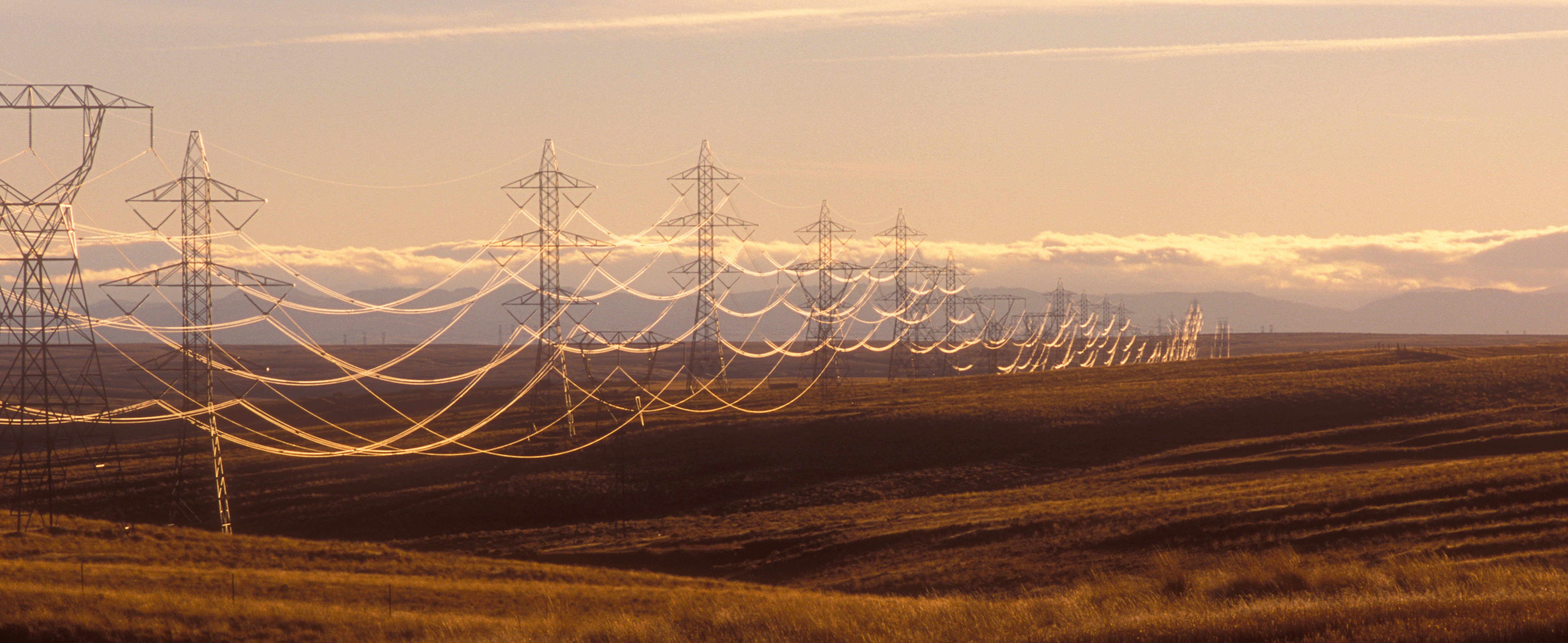If you take a look around your office, you’ll notice that essentially everything around you uses energy. From your computer charger, to the lights overhead, to the TV on the wall, you are surrounded by things that need energy to keep running. Americans are largely dependent on energy, and we need to be able to access a reliable, efficient and safe energy system.
How does that actually happen? Insert Paul R. Ohodnicki, the Materials Scientist for the National Energy Technology Laboratory at the Energy Department. He’s doing his part to ensure more reliable and sustainable electric power by developing sensors that aim to improve the reliability and safety of the power grid.
He is also a finalist in the new Promising Innovations category for the Partnership for Public Service’s Service to America Medals, or SAMMIES — an award that recognizes innovative work in the federal government. Ohodnicki recently sat down with Christopher Dorobek on the DorobekINSIDER to discuss the work that led to his nomination.
At the national lab, Ohodnicki is a research working on materials and device technologies for monitoring generation systems and electricity and transmission distribution systems. “This becomes more important as systems become increasingly complex and we start to change the way we generate electric power,” he explained.
Most of Ohodnicki’s work is leveraged to propel grid modernization, which includes modernizing everything from the control systems that are being used in the transmission and distribution systems, the hardware of the grid and the analytics around how these systems are controlled moving forward.
Getting ahead of technological advances and ensuring that grid technology does not develop and mature in isolation is key to Ohodnicki’s work. He explained that he and his team work to allow proactive maintenance of systems and sensors to prevent outages before they happen.
While this is a relatively easy task to do in an office building or home, it becomes increasingly harder to maintain sensor and grid integrity in severe environments. “One of the biggest challenges in the sensing and instrumentation world is being able to deploy them in extremely high temperature or harsh environment conditions,” Ohodnicki said. “However, one thing that is common across all of these environments is that the key limiters are the materials that make up the sensor, and by addressing these material challenges up front you can simplify the devices you are using and make them more robust and resilient.”
Ohodnicki also credits the laboratory environment he works in for his overall success and helping him overcome some of the challenges he faces. “The laboratory environment is much more forgiving in terms of making errors and having technologies fail because we have the resources we need to do high-end science and be able to manage that risk,” he said.
While some may argue that this sort of science is better suited for the private sector, rather than the public sector, Ohodnicki explained that research is a key function of the public sector. “Research is really one of the things we do well in the public sector because it requires resources that can be difficult to justify from a private sector perspective. It can also be difficult to get in the quantities of these resources that are necessary to effectively accomplish big objectives in a university environment because everything is proposal based.”
Ohodnicki recognized that doing this kind of work in the public sector is not for everyone, however, he concluded, “If what drives you on a daily basis is wanting to make a difference and make an impact and to use your talent in a way that can impact your local level but also nationally, the federal track offers a great opportunity for that.”
Have you been loving these stories of the federal government’s undercover heroes? Check out the other SAMMIE finalists and follow their stories each week here.





Leave a Reply
You must be logged in to post a comment.